Michael Alexander meets a retired US Navy pilot living in St Andrews who was one of the first graduates from the US Navy’s Top Gun training school and a veteran of 121 combat missions in the Vietnam War.
It was one of the most anticipated sequels of recent times with Tom Cruise reprising his role as hotshot military pilot Pete ‘Maverick’ Mitchell.
Interviews revealed that while Cruise – a licensed pilot – really was sat in the cockpit of an aircraft during filming of Top Gun Maverick, he wasn’t always at the controls.
But how convincing were the flying scenes from the perspective of a real-life former Top Gun pilot?
‘Realistic’, says veteran
“The flying they did on Top Gun Maverick was realistic,” says 82-year-old St Andrews man Jerry Beaulier, who was one of the first graduates of the US Navy’s real life Top Gun school after it was set up in 1969.
“Tom Cruise actually did a hell of a lot of flying himself.
“He bought a fighter plane that was comparable and he flew it pretty well.
“I’ve had lots of feedback from guys that knew me who were advisors on both films.
“But the thing was when they were doing that run down the canyon on the second movie, what I’m doing sitting there in the audience of the cinema is I’m thinking ‘I’ve done that kind of flying – and I don’t think they’re at 600 knots!’
“So what I started doing was watching for the birds that are flying around.
“They are going hell for leather everywhere.
“So I knew they’d speeded the film up so it looked like they might be doing 600 knots. But they were maybe doing 350 or 400, pulling 5G instead of 10.”
War memorabilia
Arriving at Jerry’s house in St Andrews, the first thing the decorated former US Navy Top Gun graduate and test pilot does is show me the medals and memorabilia he has displayed in his hall.
Amongst them is the Silver Star – the third highest individual combat award from the US Navy; 11 air medals; the US Navy commendation that he received three times; the air force commendation and the Republic of Vietnam Cross of Gallantry that he received twice.
He has Vietnam War era photographs as well as Top Gun patches, pictures from when he was an air force test pilot flight instructor and a picture of the USS Constellation from which he flew.
Jerry has been living permanently in Fife since 1998, having been here on and off since 1974.
The retired Lieutenant Commander came over to serve with the Royal Navy for 2.5 years and met his now wife of 47 years.
He flew out of RAF Leuchars on Phantoms with 892 Squadron from 1974 until he left in October 1976.
Born and raised as a bow hunter amongst the hills and forests of the upper peninsula of Michigan, USA, Jerry’s military career began in 1958 when he enlisted in the navy as an aviation electronics technician.
In 1961, he re-enlisted. Selected as an officer, he went to university where he got degrees in electrical engineering and mathematics.
Volunteering to become a pilot, he went to flight school where his high grades got him onto the fighters training programme.
A turning point came in 1969, however, when the US Navy opened its Top Gun school in Miramar, California.
US Navy kill ratio
By the late 1960s, as the war in South East Asia advanced, and with US government restrictions on actions against Vietnam, the number of aircraft shot down by the US Navy compared with those by the enemy decreased to the lowest of any air war in history.
During the Second World War, Us Navy aviators in the Pacific gained a proportion of 15:1 against the Japanese, falling to around 10:1 during the Korean War.
But by 1968 – despite the US Navy flying modern and reliable aircraft such as the McDonnell Douglas F-4 Phantom II and Vought’s F-8 Crusader – the kill rate against the less advanced MiG-17 Fresco and MiG-19 Farmer had fallen to 1:1.
The US military’s problem was identified as being less about the aircraft and more about the crews.
Establishment of Top Gun
On March 3, 1969, the first United States Navy Fighter Weapons School – more popularly known as Top Gun – was established comprising four crews each from VF-142 ‘Ghost Riders’ and VF-143 ‘Pukin Dogs.
The idea was to teach fighter, strike tactics and techniques to selected naval aviators and naval flight officers, who’d return to their operating units as surrogate instructors.
Jerry, as one of the navy’s best pilots, was selected and became one of the first Top Gun graduates.
“The purpose of it was to teach those pilots to be the very best they can be and then take them back into the squadron and train everybody else,” he explains, noting that 53 years later, the Top Gun model within the US military is still going strong.
“When I came back my CO made me into the weapons training officer and tactical training officer, and the rule was I had to fly and do dog fighting with every pilot in the squadron twice from the CO on down to the most junior.
“The way I did it was I would take whoever I was going to fight against – take his back seater and put him in my back seat – and take my back seater, and put him in his back seat.
“We fought everybody!”
Action in Vietnam
Just a year later on March 28, 1970, Jerry and his wingman found themselves in the thick of the action over north Vietnam.
Engaging a pair of enemy fighters, Jerry recalls how he quickly put his new-found knowledge to the test while engaging the second MiG.
He began to fly what the instructors called the ‘egg’, which was essentially two aeroplanes flying around the curves of a three-dimensional egg while trying to bring their weapons to bear from behind.
The enemy jet was first to gain an advantage and fire.
However, the Vietnamese pilot missed, leaving Jerry to advance on it and launch an AIM-9D Sidewinder.
The missile hit the jet which burst into flames.
In all, Jerry flew 121 combat missions in Vietnam.
A third of them were bombing missions and the other ones were fighter missions.
Retiring to Scotland
Later, Jerry went on to become a test pilot and was selected to fly fighters with the Royal Navy. He was “screaming” for command, he says.
But having only been married for a year at that time and telling his wife that he’d be at sea for five to seven years if he pursued promotion, their desire to have a family prevailed, and he left the military.
They retired back to Scotland which is when he got into property development.
He enjoyed a good career doing marketing with airlines. Back in Fife, they did B&B for 20 years.
Today, Jerry, who has been involved with St Andrews Rotary Club and the St Andrews beach wheelchair campaign, does a lot of presentations.
Tayside Aviation talk
He recently visited Tayside Aviation in Dundee where he spoke to RAF cadets about his career.
Asked if he ever felt in danger during his missions, Jerry talks about four major emergencies.
The worst happened when he was on the HMS Ark Royal, 200 miles from Puerto Rico.
As he fired off the aircraft carrier catapult, there was a huge explosion from his port engine, requiring him to go into emergency mode to recover the aircraft.
On another night, with the same back seater, they saw mysterious blue and green flashing lights below them while flying through the Bermuda Triangle.
Radioing back to base, they were assured radar showed no other aircraft in the area.
They decided to “stop looking”!
A third incident in Puerto Rico saw a starboard engine freeze on his Phantom.
Meanwhile, in a fourth incident off Vietnam, it emerged that the reason his port engine froze to just 75% power after a mission was because a map case knob, which had gone missing weeks before, had fallen into the throttle, jamming it.
“It’s not scary – you practice your emergencies,” he says.
“But if it doesn’t solve itself in 10, 15, 20 seconds, you are out of there!”
Does Jerry regret killing?
Reflecting on life, Jerry has no regrets about the unknown numbers of people he killed in Vietnam.
“I just wanted to go and fly airplanes and kick butt!” he smiles, taking the view that if he didn’t kill them, they’d kill him.
He’s also adamant that if he was young enough, he’d be in Ukraine flying aircraft against the Russians right now.
“I would have done that in a flaming heartbeat,” he says, adding that he flew a two-seater Spitfire aged 79.
He takes the view, however, that politicians get “too involved” in wars.
He adds: “We’d have killed a lot less people if we’d just gone in and they’d let the generals and admirals do the job that they are trained to do. That’s my feeling.”
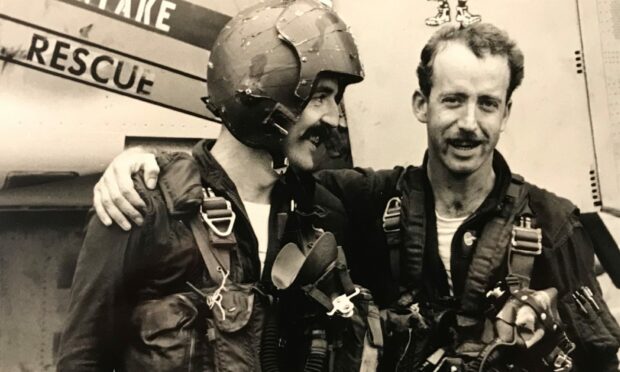
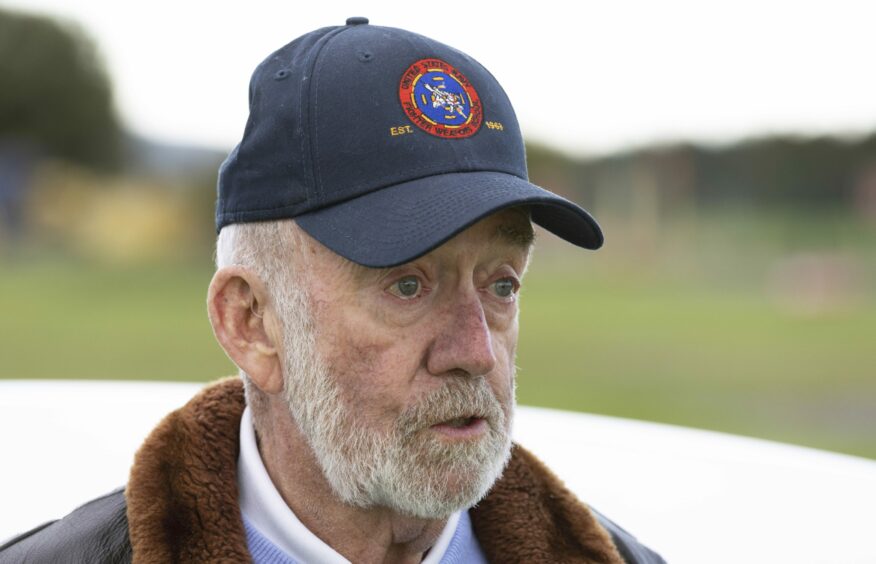



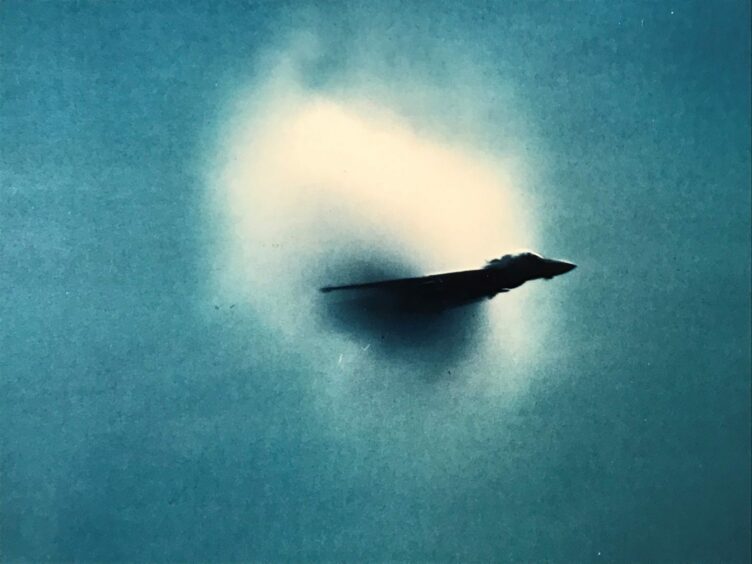

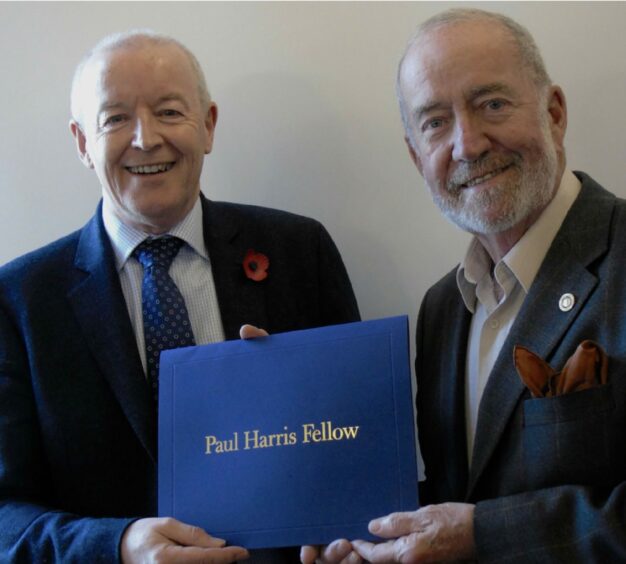
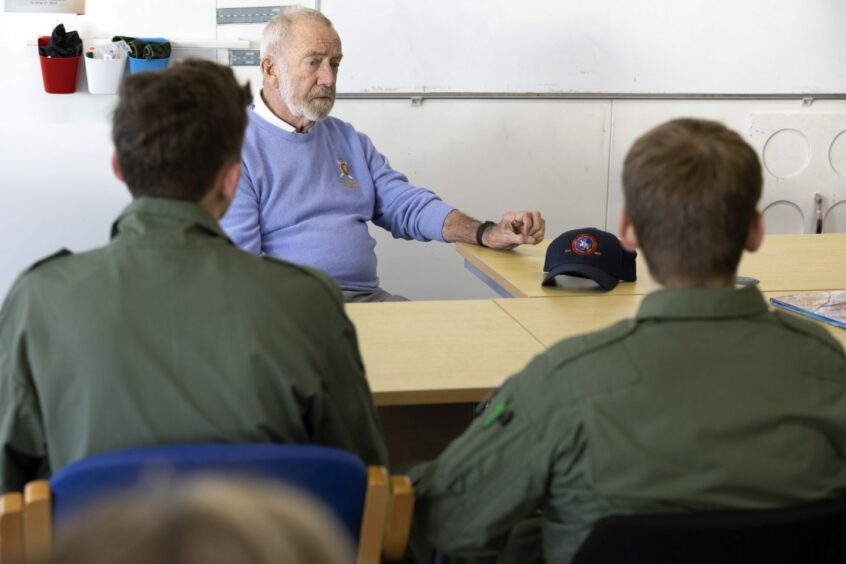
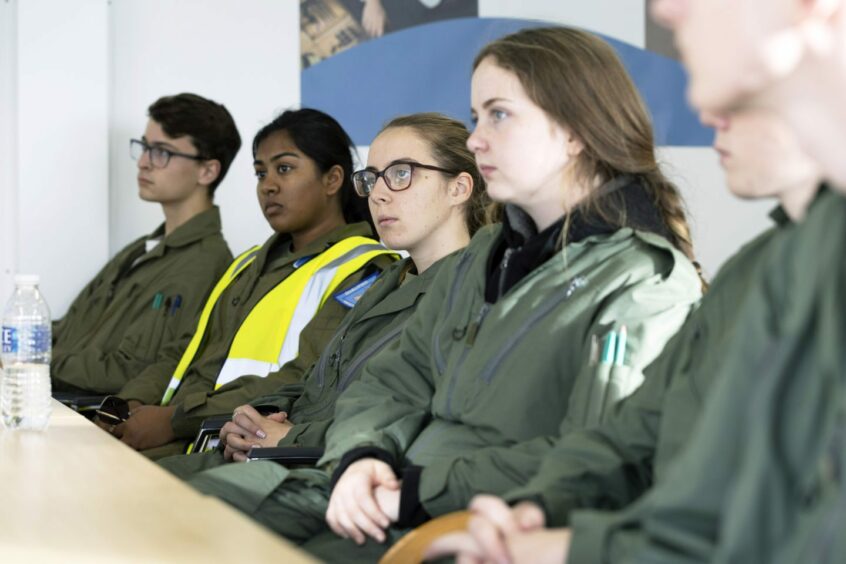
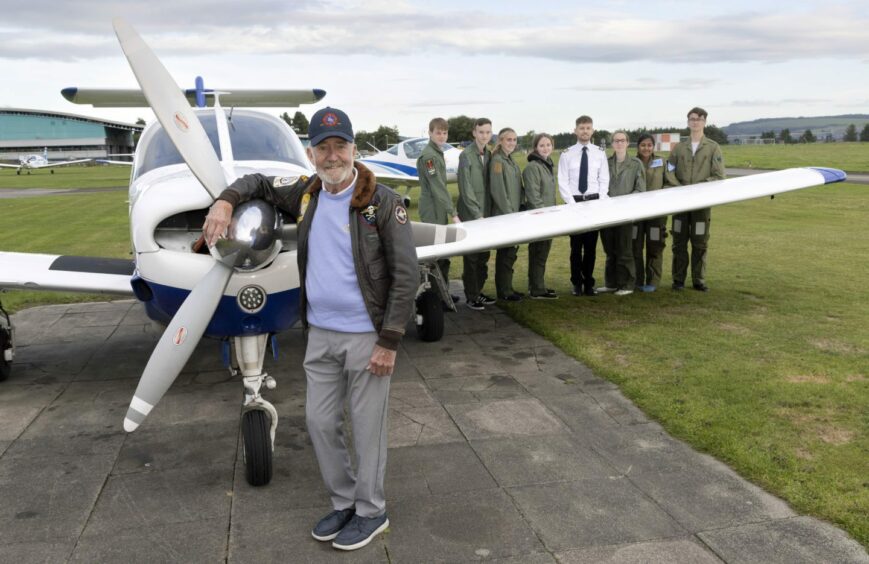
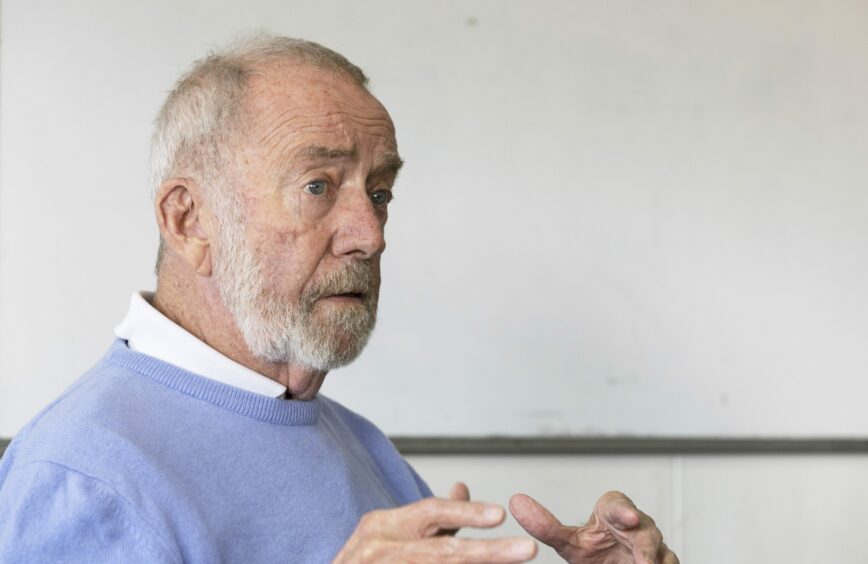










Conversation